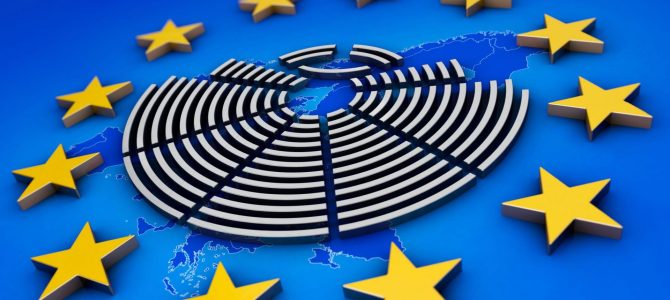ECHA/NR/23/33
An EU-wide enforcement project of the ECHA Forum found excessive levels of hazardous chemicals, such as lead and phthalates, in products that are sold to consumers. In total 18 % of the inspected products breached the EU laws.
Helsinki, 13 December 2023 – The national enforcement authorities in 26 EU countries checked over 2 400 products, most of them intended for consumers, and found more than 400 of them breaching the EU’s chemicals laws.
The most common product types breaching the laws were:
- Electrical devices such as electrical toys, chargers, cables, headphones. 52 % of these products were found non-compliant, mostly due to lead found in solders, phthalates in soft plastic parts, or cadmium in circuit boards.
- Sports equipment like yoga mats, bicycle gloves, balls or rubber handles of sport equipment. 18 % of these products were found to be non-compliant mostly due to SCCPs and phthalates in soft plastic and PAH in rubber.
- Toys like bathing/aquatic toys, dolls, costumes, play mats, plastic figures, fidget toys, outdoor toys, slime and childcare articles. 16 % of non-electric toys were found to be non-compliant, mostly due to phthalates found in soft plastic parts, but also other restricted substances such as PAHs, nickel, boron or nitrosamines.
- Fashion products such as bags, jewellery, belts, shoes and clothes. 15 % of these products were found non-compliant due to the phthalates, lead and cadmium they contained.
In cases of non-compliant products, inspectors took enforcement measures, resulting in the withdrawal of many from the market.
Background
The project covered REACH restrictions and duties applicable to substances in articles under REACH, as well as POPs restrictions. It also addressed restrictions derived from the Toys and the RoHS Directives. The checks were carried out by the national enforcement authorities in 26 countries during 2022.
